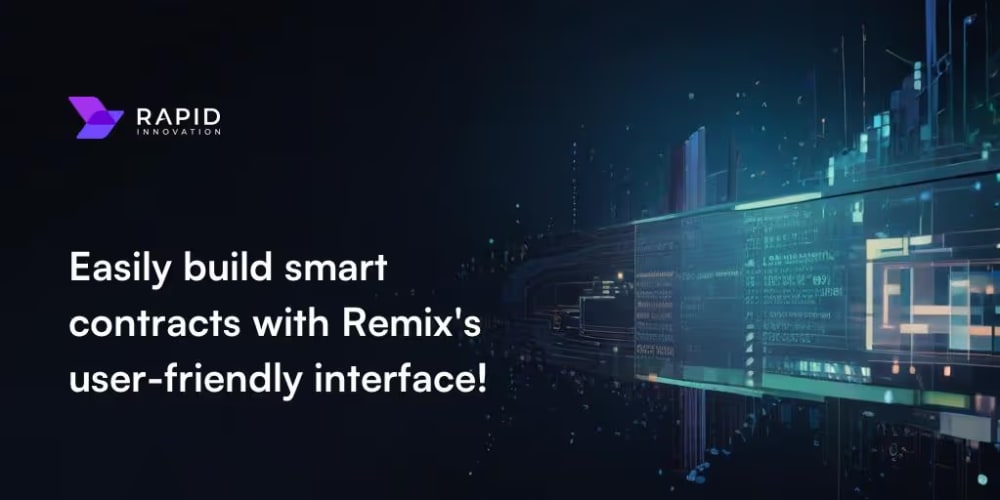Introduction
Terraform is an open-source infrastructure as code (IaC) tool created by HashiCorpthat allows you to define and provision data center infrastructure using a high-level configuration language. Whether you're just starting with Terraform or looking to refine your skills, this guide covers essential commands and best practices from beginner to advanced levels.
🎯 Key Concepts
Before diving into the commands, let's review some fundamental Terraform concepts:
- Provider: A plugin that enables Terraform to interact with APIs of cloud providers.
- Resource: A component of your infrastructure, such as a virtual machine, container, or network.
- Module: A container for multiple resources that are used together.
- State: The current status of your infrastructure managed by Terraform.
🏁 Beginner Commands
1. Initialization
Initialize a Working Directory
terraform init
Initializes a working directory containing Terraform configuration files. This command downloads and installs the necessary providers.
2. Validation
Validate Configuration Files
terraform validate
Validates the syntax and configuration of the Terraform files in the directory.
3. Plan
Generate an Execution Plan
terraform plan
Generates an execution plan, showing what actions Terraform will take to achieve the desired state.
4. Apply
Apply Changes to Infrastructure
terraform apply
Applies the changes required to reach the desired state of the configuration. This command prompts for confirmation before proceeding.
5. Destroy
Destroy Infrastructure
terraform destroy
Destroys the Terraform-managed infrastructure. This command also prompts for confirmation.
6. State Management
Show Current State
terraform show
Displays the current state or a plan file.
7. Providers
List Providers
terraform providers
Lists all providers required by the configuration.
8. Formatting
Format Configuration Files
terraform fmt
Formats the Terraform configuration files to a canonical format and style.
9. Output
Display Outputs
terraform output
Lists the output variables defined in the configuration.
10. Workspace Management
List Workspaces
terraform workspace list
Lists all available workspaces.
Create Workspace
terraform workspace new my-workspace
Creates a new workspace.
Select Workspace
terraform workspace select my-workspace
Selects an existing workspace.
🚀 Intermediate Commands
1. State Management
List Resources in State
terraform state list
Lists all resources in the Terraform state.
Show State Resource
terraform state show <resource_name>
Displays detailed state information about a single resource.
Remove Resource from State
terraform state rm <resource_name>
Removes a resource from the Terraform state.
Move State Resource
terraform state mv <source> <destination>
Moves a resource from one state to another.
2. Dependency Graph
Generate Dependency Graph
terraform graph | dot -Tpng > graph.png
Generates a visual representation of the configuration's dependency graph.
3. Locking
Force Unlock State
terraform force-unlock <lock_id>
Manually unlocks the state file.
4. Environment Variables
Set Environment Variables
export TF_VAR_variable_name=value
Sets environment variables for Terraform variables.
5. Backend Configuration
Configure Backend
terraform {
backend "s3" {
bucket = "my-terraform-state"
key = "path/to/my/key"
region = "us-west-2"
}
}
Configures a backend for storing the state file.
6. Modules
Initialize Modules
terraform get
Initializes modules used in the configuration.
Update Modules
terraform get -update
Updates the modules used in the configuration.
🧠 Advanced Commands
1. Detailed Planning
Generate and Save Plan
terraform plan -out=myplan.tfplan
Generates and saves an execution plan to a file.
Apply Saved Plan
terraform apply myplan.tfplan
Applies the changes described by the saved plan.
2. Importing
Import Existing Infrastructure
terraform import <resource_type>.<resource_name> <resource_id>
Imports existing infrastructure into the Terraform state.
3. Workspaces for Environments
Create and Use Workspaces for Different Environments
terraform workspace new dev
terraform workspace new prod
terraform workspace select dev
terraform workspace select prod
Creates and switches between workspaces for different environments.
4. Advanced State Management
Backup State File
cp terraform.tfstate terraform.tfstate.backup
Manually backs up the state file.
Restore State File
cp terraform.tfstate.backup terraform.tfstate
Restores the state file from a backup.
5. Conditional Expressions
Use Conditional Expressions
resource "aws_instance" "example" {
count = var.create_instance ? 1 : 0
ami = "ami-123456"
instance_type = "t2.micro"
}
Uses conditional expressions to create resources based on variable values.
6. Data Sources
Use Data Sources
data "aws_vpc" "selected" {
default = true
}
resource "aws_subnet" "example" {
vpc_id = data.aws_vpc.selected.id
cidr_block = "10.0.1.0/24"
availability_zone = "us-west-2a"
}
Uses data sources to fetch information about existing resources.
7. Debugging
Enable Detailed Logging
export TF_LOG=DEBUG
terraform apply
Enables detailed logging for debugging purposes.
Log to a File
export TF_LOG=DEBUG
export TF_LOG_PATH=./terraform.log
terraform apply
Logs debug information to a file.
📊 Best Practices
Use Version Control
- Store your Terraform configuration files in a version control system (e.g., Git) to track changes and collaborate with team members.
Modularize Your Code
- Break down your Terraform configurations into reusable modules to promote code reuse and manage complexity.
Manage State Files Securely
- Use remote backends to securely store and manage your state files, ensuring they are not accidentally deleted or modified.
Use Variables and Outputs
- Use variables to parameterize your configurations and outputs to extract useful information from your configurations.
Implement CI/CD Pipelines
- Integrate Terraform with CI/CD pipelines to automate the testing and deployment of your infrastructure.
Enforce Policies
- Use tools like HashiCorp Sentinel or Open Policy Agent (OPA) to enforce policies and ensure compliance with your organization's standards.
🚀 Conclusion
Mastering Terraform commands from beginner to advanced levels is essential for DevOps engineers to effectively manage and automate infrastructure. This comprehensive guide provides a valuable reference for navigating your Terraform environment. By following best practices and leveraging these commands, you can ensure a robust and efficient infrastructure setup.
Happy Terraforming! 🎉
Thank you for reading my blog …:)
© Copyrights: ProDevOpsGuy



















